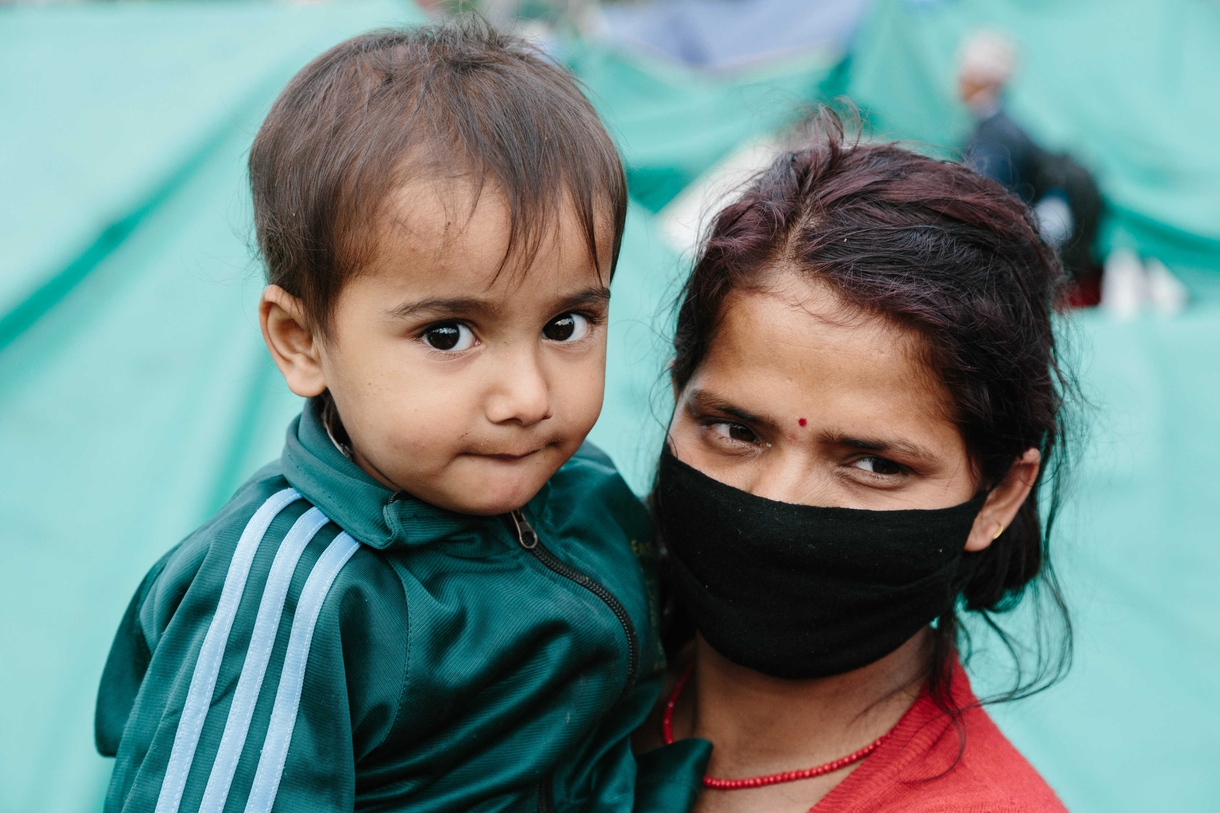1. As of today, many people are still in dire need.

The earthquake that struck Nepal on April 25 may be over, but survivors still face serious hardships. The quake affected an estimated 8 million people, and as of today’s estimate, at least 5,000 lost their lives. More than 10,000 are injured, with many others thought to remain trapped inside buildings.
Meanwhile, about 34,000 people are living in makeshift camps without water or toilets. Thousands more are sleeping outside because they’re too scared to return home in case of more aftershocks. Hundreds of thousands have been suddenly left without adequate food and medical care
2. Oxfam is rushing in aid, including clean water.

Clean water and sanitation are especially important for preventing the spread of disease in crowded camps. Oxfam is coordinating with other groups in Nepal to provide these essentials quickly and efficiently. For example, Oxfam just installed an 11,000-liter water tank (pictured above) in Kathmandu’s Tundikhel camp, which shelters about 15,000 people. We are also looking into repairing and fixing existing water sources and installing new pumps and wells.
3. We’re trying to reach people wherever they are.

"Oxfam is already reaching tens of thousands of earthquake survivors in camps across Kathmandu but it's vital that we can also get shelter, water and food to the huge numbers of people in hard-to-reach rural areas,” said Oxfam humanitarian manager Orla Murphy.
There are huge logistical challenges getting help to vulnerable people in these remote villages. Congestion at Nepal’s only international airport, roads blocked by landslides, and fuel shortages are making it difficult to transport aid to scattered communities across difficult mountainous terrain.
Despite these challenges, Oxfam is doing everything we can to reach people in need as quickly as possible. With your support, we aim to reach at least 350,000 people affected by the earthquake.
Help rush life-saving aid to earthquake survivors.